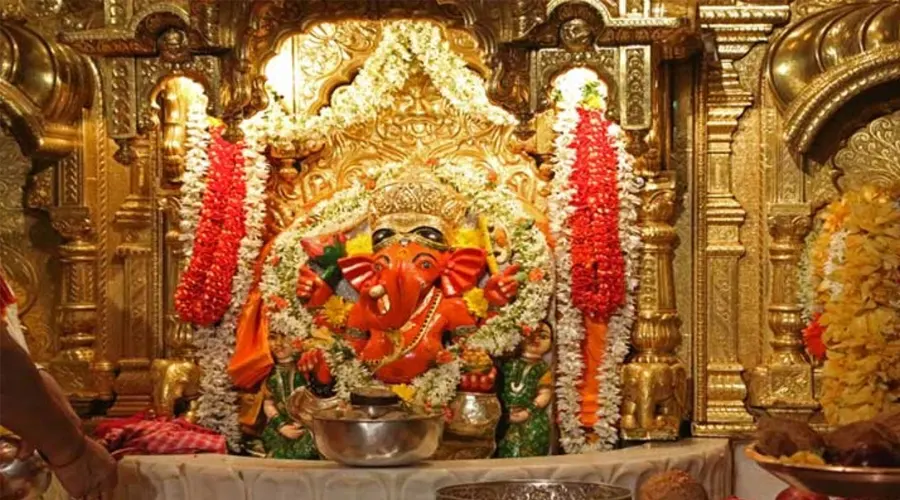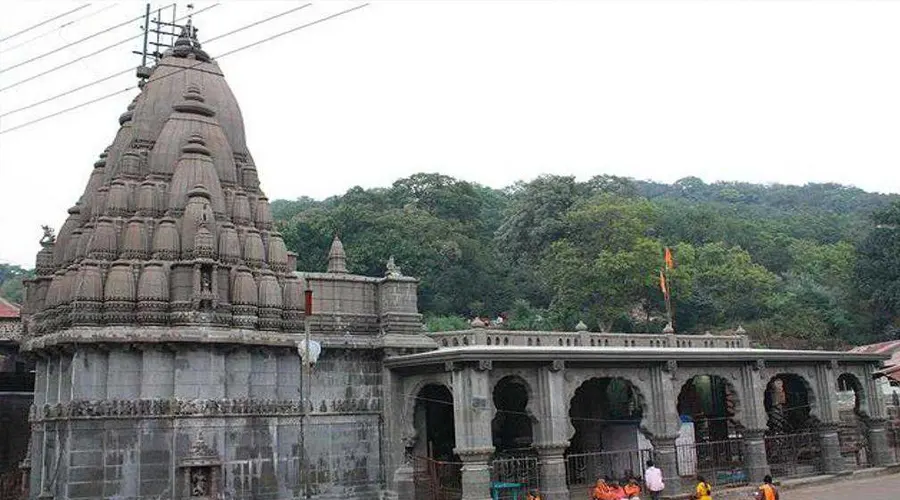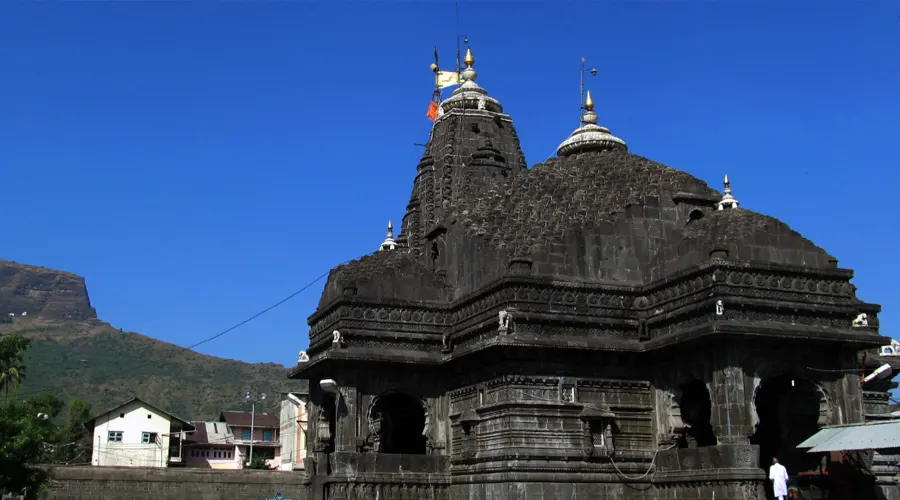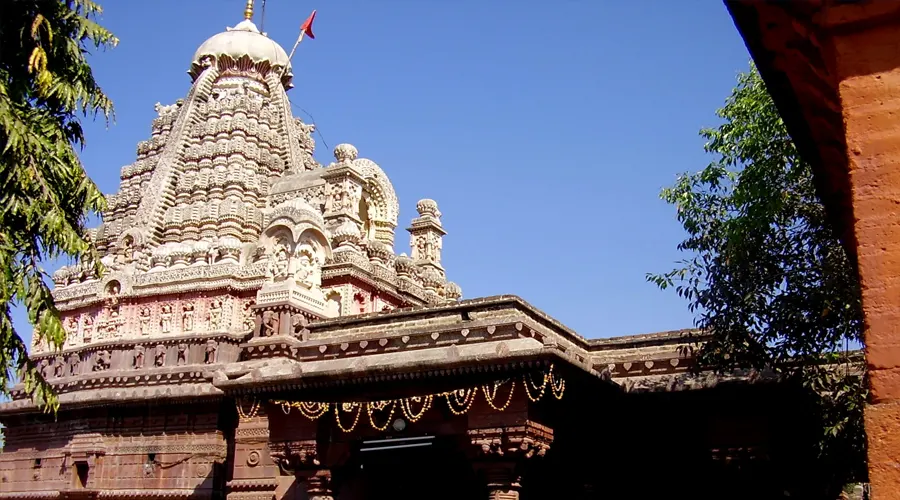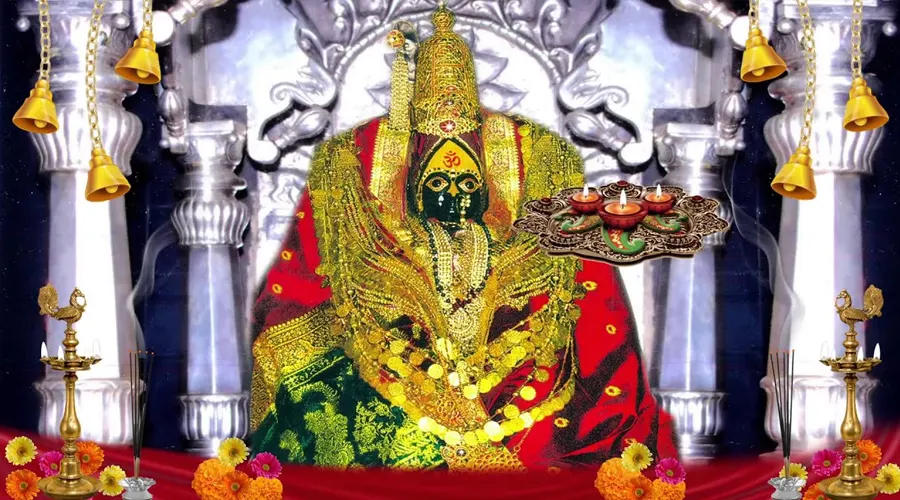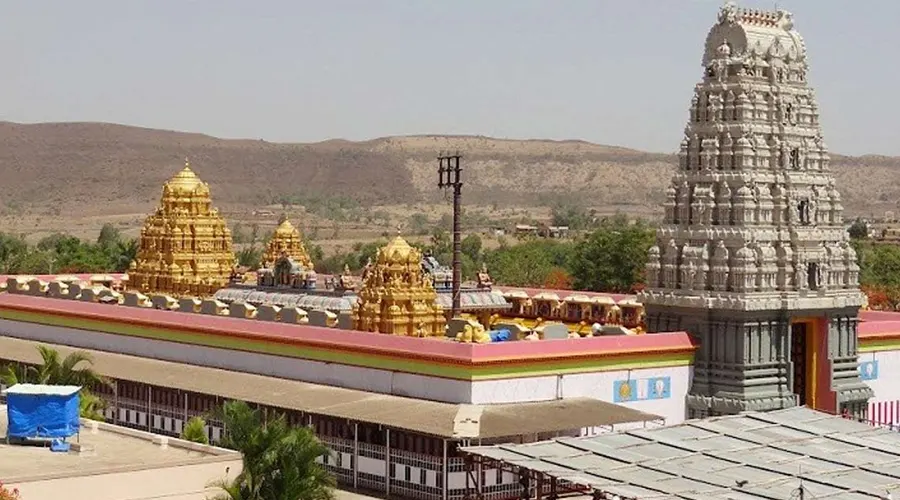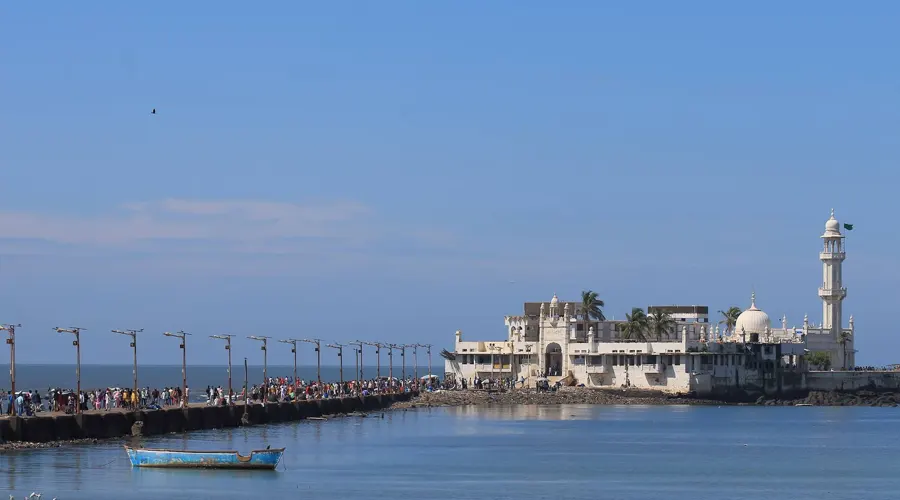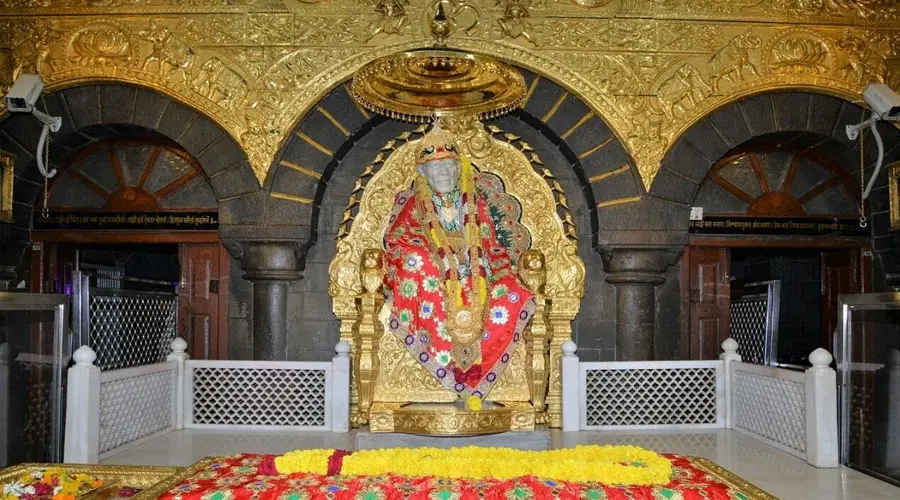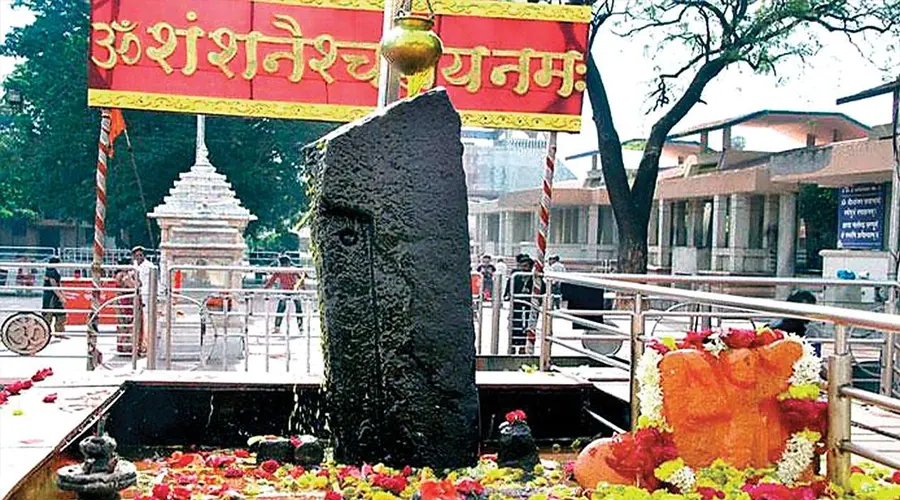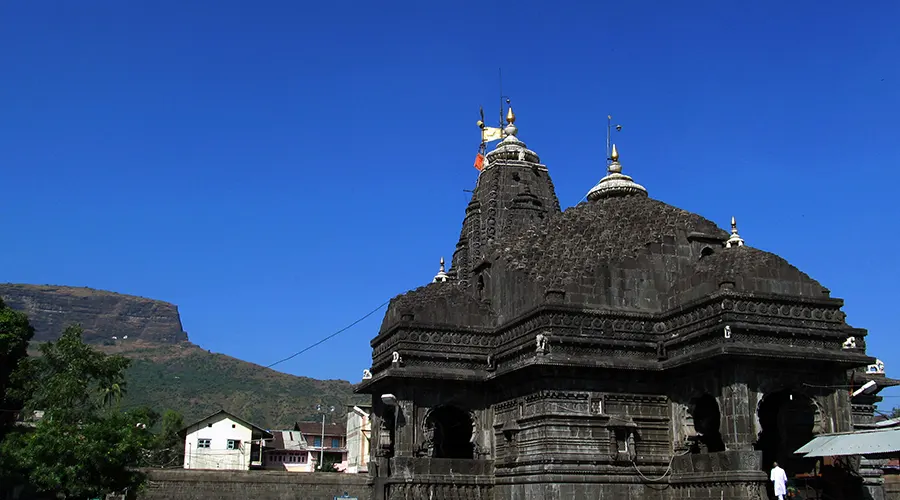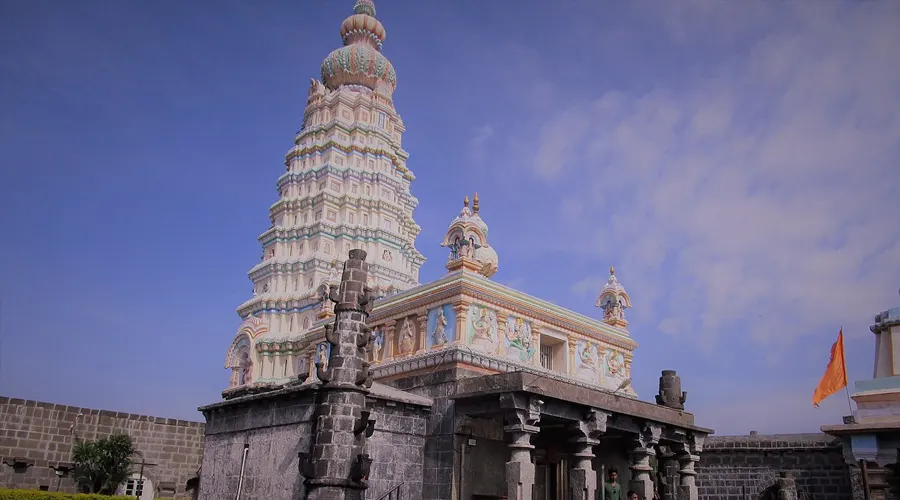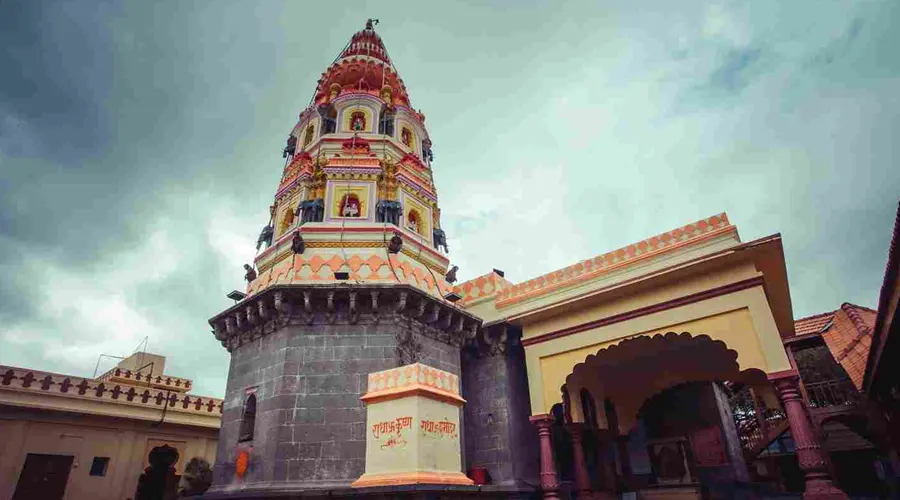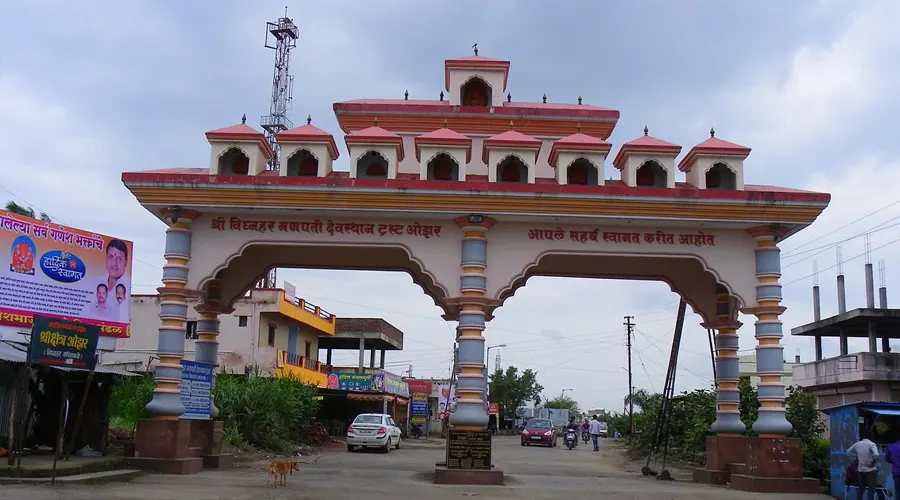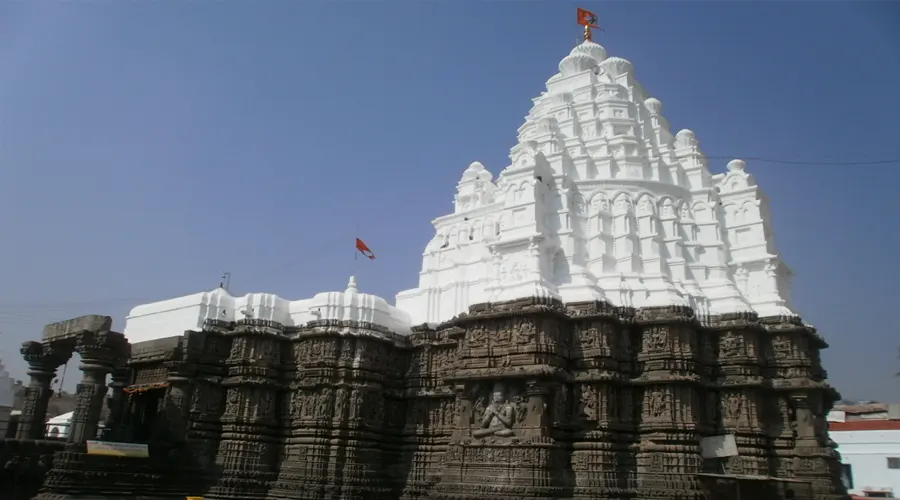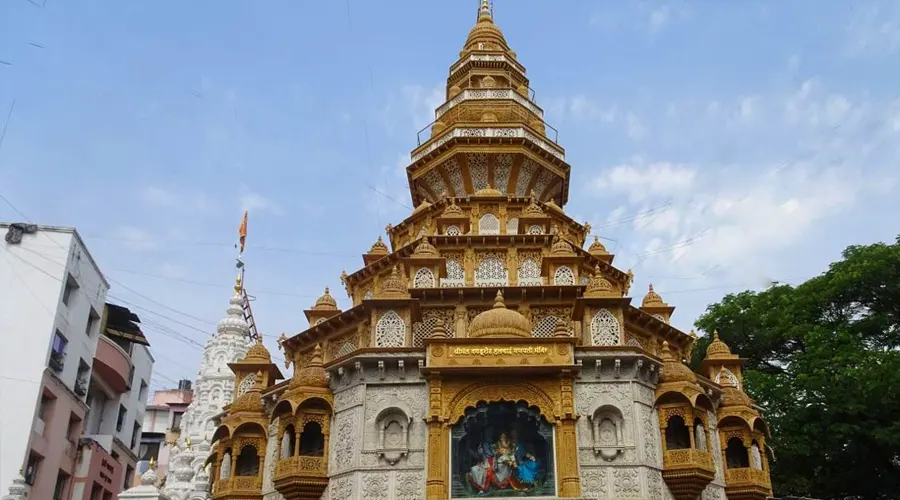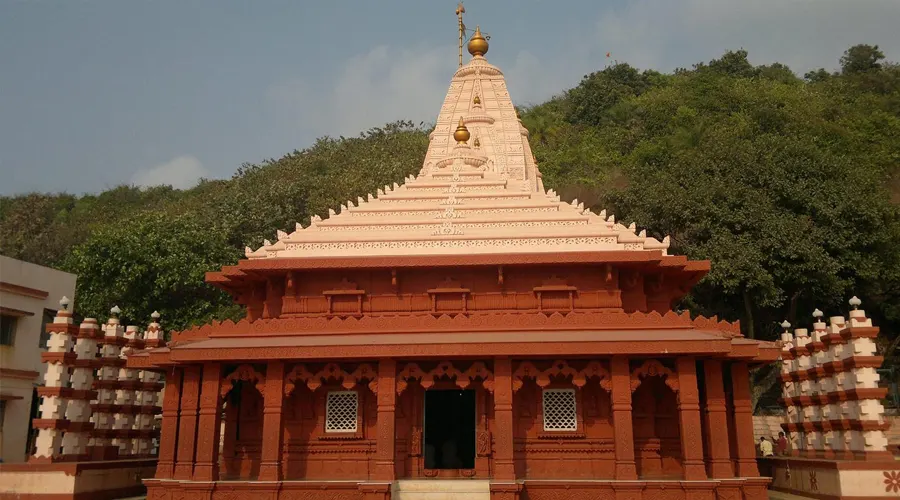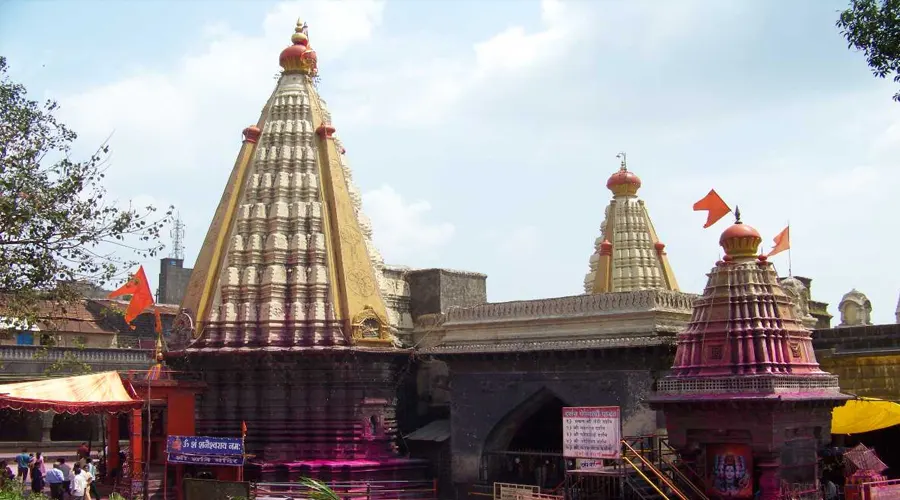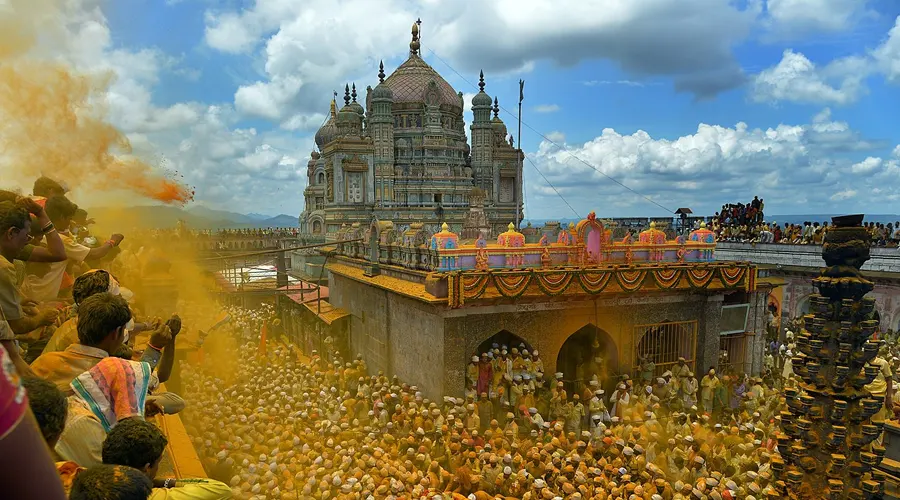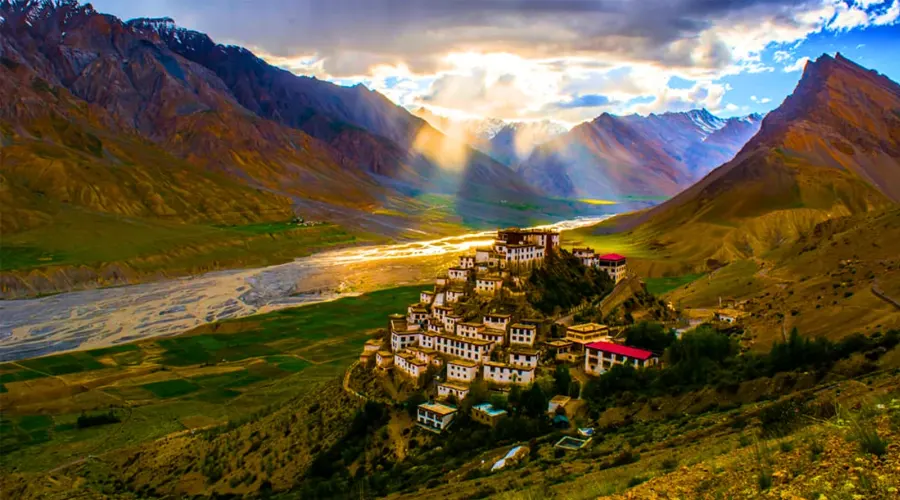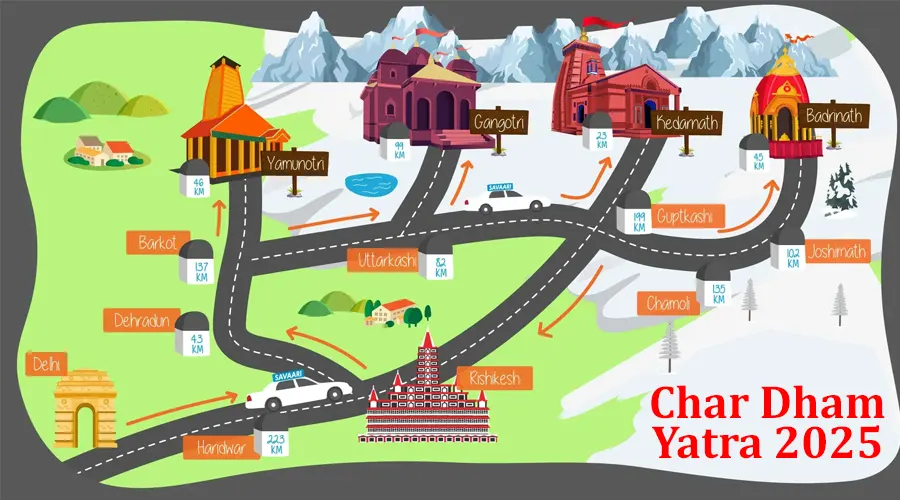Global Vipassana Pagoda
The Global Vipassana Pagoda is a meditation hall constructed in northwest Mumbai. It was first established in February 2009 and was inaugurated by the former President of India – Pratibha Patil. It was an ensemble to spread the teachings of Budhha, particularly about gratitude. To further perpetuate the purpose, monks are residing and practicing the teachings of Budhha and have devoted their lives to the same.
The architecture of the center has been laid out in Burmese style in honor of Myanmar, a country that has preserved the practice of Vipassana. The dome of the Pagoda mimics the Shwedagon Pagoda or Golden Pagoda in Myanmar. The world’s largest stone dome built without any supporting pillars with a height of approximately 29 meters (concerning the height of the building being 96.12 meters) was built within the periphery of Pagoda in Mumbai. Mr. S. N. Goenka practices meditation and teaching of Budhha in the massive inner dome of Pagoda that can inhabit about 8000 people.
The pioneering values ascertained by Pagoda and its members revolve around Gautama Budhha’s universal teachings of eradication of suffering, and educating whoever visits, about the sacrifices and life of Budhha, perpetrating his teachings and providing a spiritually liberating environment with relaxing spaces for meditation.
To make their sessions renowned worldwide, Pagoda has scheduled ten days of Vipassana meditation courses, free of cost that are held at the meditation center. The guest houses constructed inside the campus make for a homely and comfortable stay for those seeking spiritual enlightenment.
Around the meditation center is a statue of Budhha carved out of a single stone of white marble and painted over to give it a more lifelike appearance. Budhha is seated on a rectangular platform about three feet high that showcases four scenes from Budhha’s life – Birth, Enlightenment, setting the wheel of dhamma in motion, and death of Budhha.
Also, the Gong Tower and Bell Tower on the premises are massive structures reflecting Burmese architecture with their intricate designs.
History
Shree S N Goenka, a renowned Vipassana meditation teacher, proposed the idea of the Global Vipassana Pagoda in Mumbai to spread awareness about Dhamma – the teachings of Buddha. The idea was to instill those true teachings in people’s minds and improve their way of living.
He felt it was necessary for restoring peace and harmony in the world.
The planning began in 1997, but the construction of this Global Pagoda Vipassana center started only in 2000. And the first of the three domes, which is also the largest one, was completed in 2006. The bone relics of Gautam Buddha have been kept here since then.
The construction of the two smaller domes was completed by 2008, and this Global Pagoda temple was opened for visitors and devotees in 2009.
Shree Goenka believed that the pagoda will help spread the meanings of Dhamma, while also making people aware of the Vipassana meditation technique. He received the Padma Bhushan award for his works later, in 2012.
Architecture
The Global Vipassana Pagoda dome is about 29 meters high. The inside of the pagoda is hollow, and it acts as a meditation hall, where 8000 people can sit and practice Vipassana meditation, as taught by Shree S N Goenka. Building’s overall height is 96.12 meters.
Global Vipassana Pagoda construction is spread over 13 acres and it is a mix of Buddhist architecture and Burmese designs. The shape of the pagoda resembles that of the Shwedagon Pagoda in Myanmar, and it’s colored in a similar gold-colored paint. The spire is covered with real gold, donated by the Burmese. And the top is adorned with a large crystal.
The foundation of Global Pagoda is basalt. The dome is made with sandstone blocks and each block weighs around 600-700 kgs, secured in place with interlocking bricks.
Apart from the impressive Global Vipassana Pagoda architecture, the designs on the wooden entrance doors will catch your eyes too. They were hand-carved in Myanmar.


